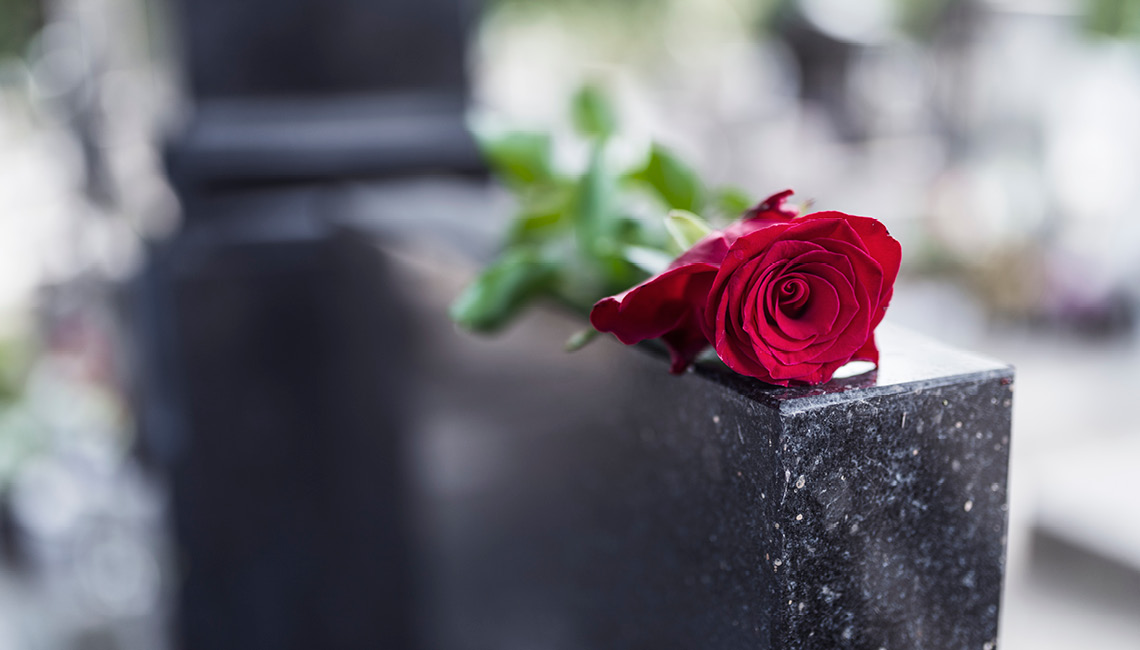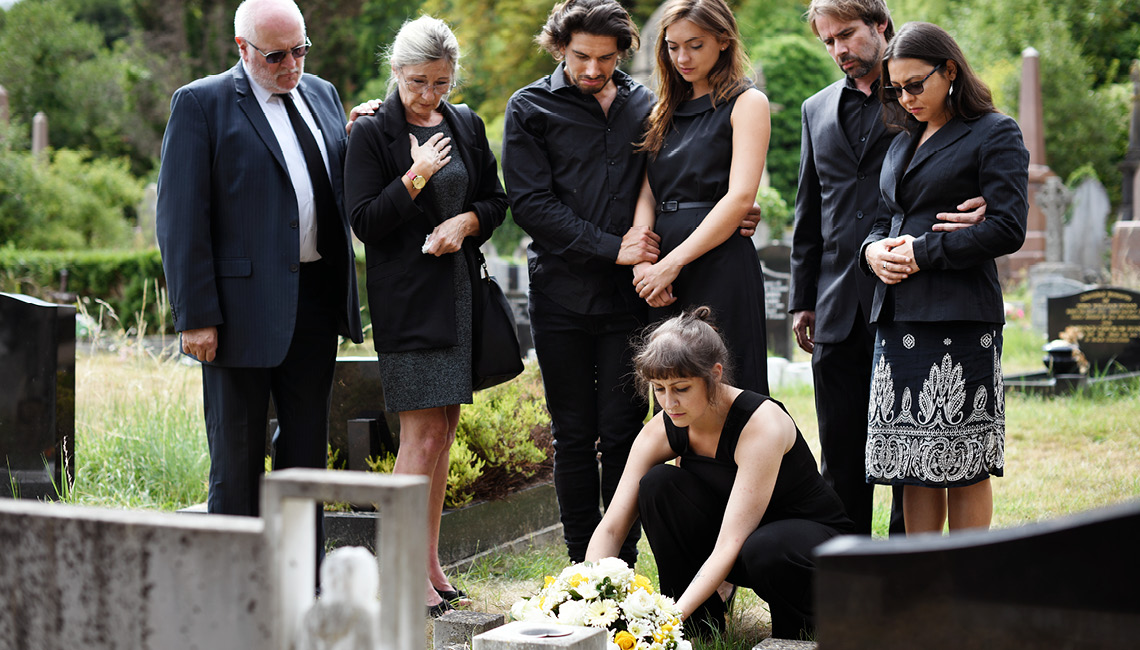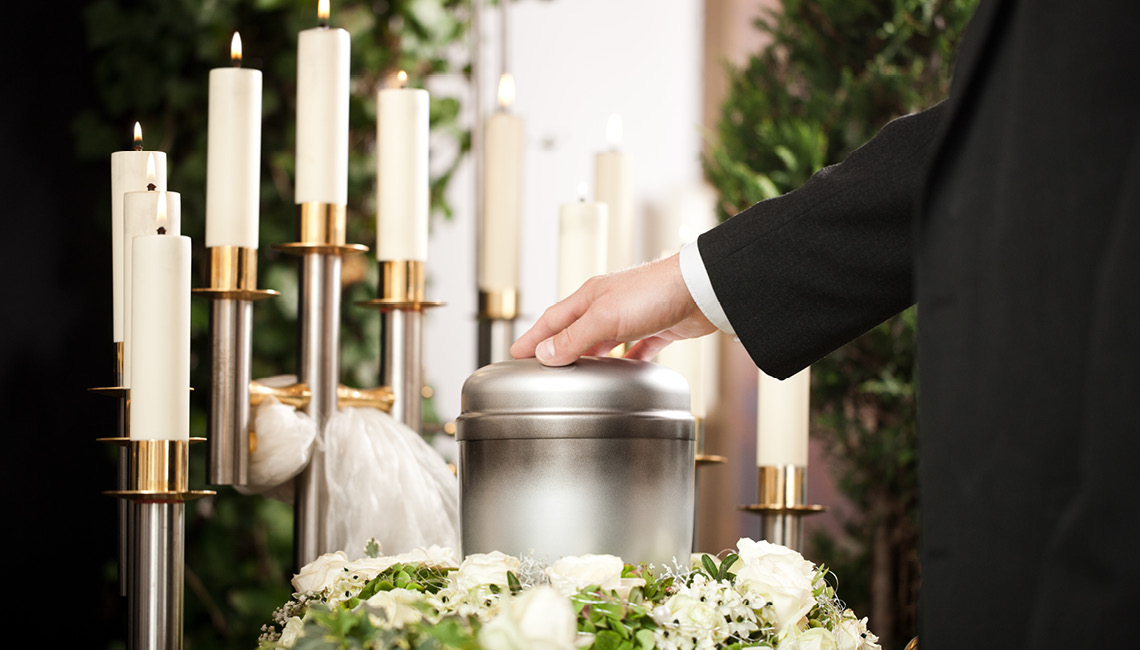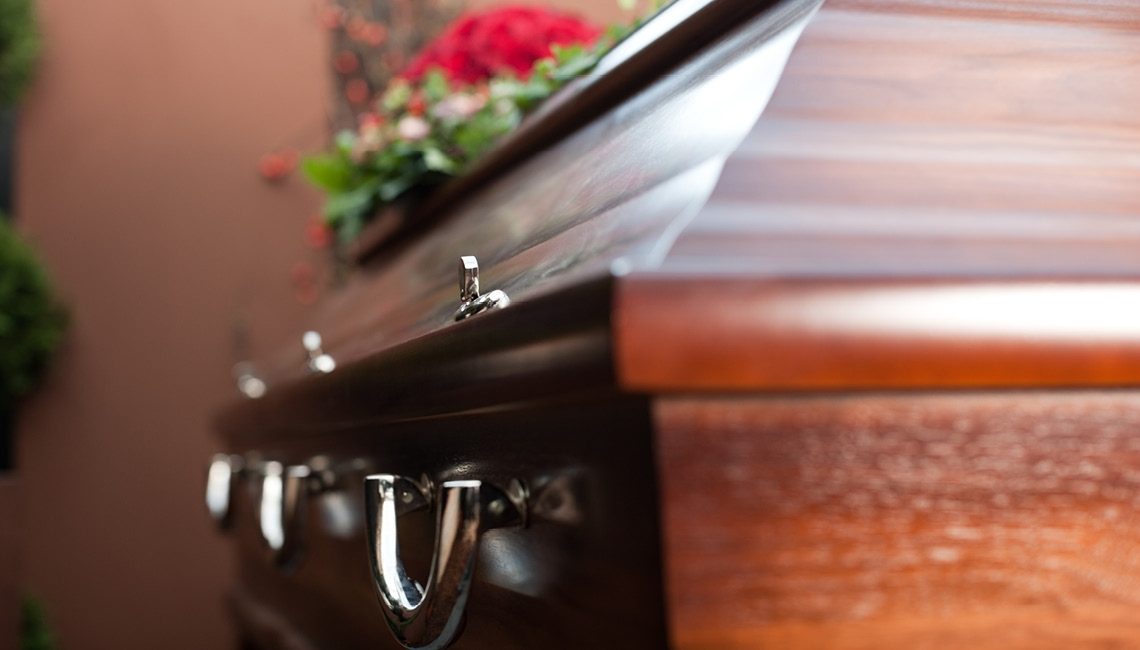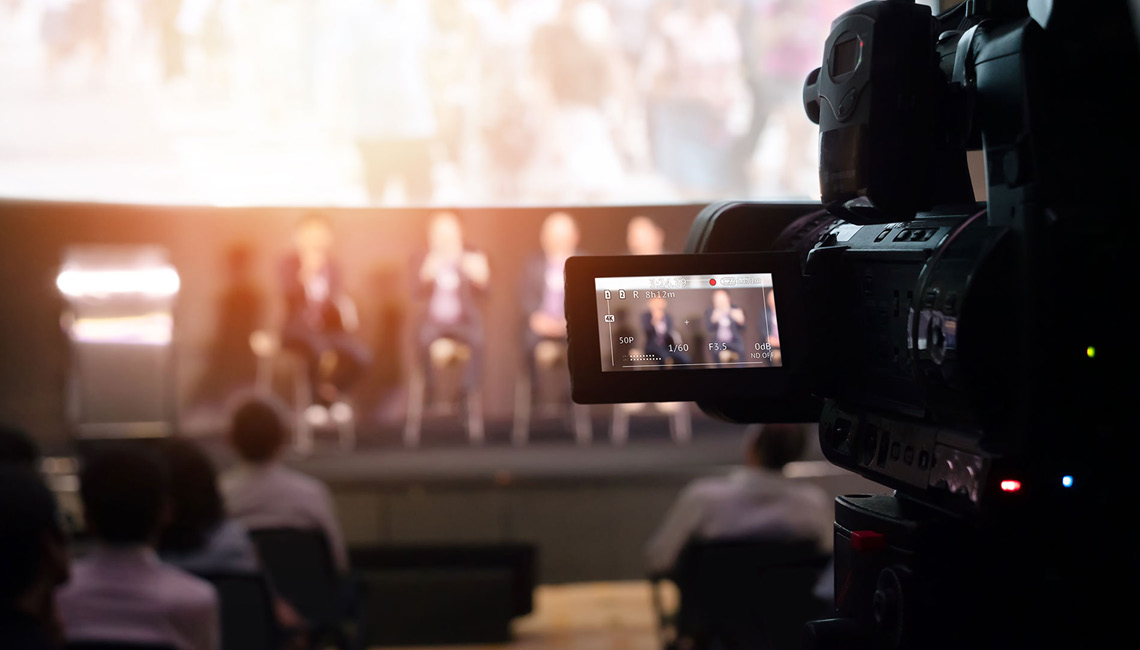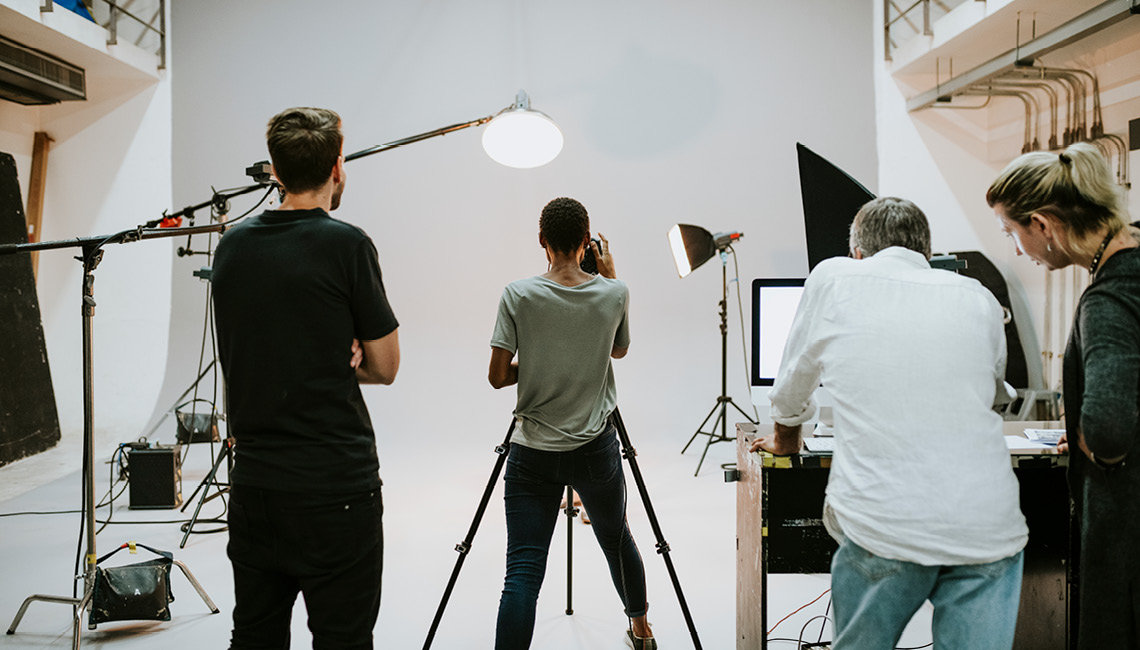Just like when attending a funeral as normal, a certain amount of grace and respect should be considered when attending to take funeral photographs.
Funeral photography etiquette
Funerals are a sombre occasion, unlike celebrations like birthdays and weddings, therefore, you should act accordingly. Wear dark, formal clothing in keeping with the service, don’t disturb those who are in mourning, don’t disrupt the ceremony, simple stuff really.
Things to consider before the funeral
The photographer should speak to the person requesting the photography in-depth about what they want from the photos taken.
What moments do they want to capture?
Do they want them to focus on the religious aspect of the funeral or more on the loved ones of the deceased? Should they refrain from capturing the mourners at their most sensitive moments, or is that what the requestee wants?
Is the ceremony religious or not?
Although most funerals take place in holy buildings like churches, mosques and synagogues, it doesn’t necessarily mean that the individual was religious. On the flip side, perhaps religion was an important part of their life and their passing. Making sure the photographer honours the deceased right by considering this important aspect before taking funeral photos.
Are the mourners comfortable being photographed?
Lots of people don’t like their photo being taken at the best of times, never mind when they’re at their most sensitive and emotional. Speak with the photographer to let them know your preferences. Is it best to avoid taking pictures of those in grief or is that exactly what you want to capture?
What relation are they to the deceased?
If the person requesting the funeral photography is a close family member then the photographer must gather all of the information they can from the requestee. Whilst grieving, we appreciate that you may not be able to properly portray what it is that you want from the photographs, so the photographer will treat you with care and consideration, asking questions but not being too pushy.
What kind of ceremony is it?
This ties back into the point about the religious aspect. If the ceremony is one that the photographer is unfamiliar with, perhaps of a different faith to their own, they will do some research about the type of ceremony to best understand what it is they are in for. Different funeral ceremonies may have different customs and traditions, so the photographer must be sure to learn about and adhere to them out of respect for the religion and culture of the deceased and the attendees.
These are all massively important things to consider when someone is preparing for funeral photography. The photographer needs to handle it with taste and understanding, and they definitely don’t want to disrespect or disturb the ceremony by simply being ignorant of the traditions, customs and wishes of the deceased and their grieving loved ones.
During the ceremony
When at the ceremony, they will be sure to use all of their gathered knowledge from the previous step to properly and respectfully photograph the ceremony and its attendees. They shouldn’t be obtrusive and disturb the ceremony and the mourners, if anything, the attendees shouldn’t even realise that they are there. The photographer should aim to be minimally invasive, capturing the intimate moments from afar without disrupting the ceremony itself. They’ll be sure not to use the camera flash as this can be incredibly disruptive and disrespectful.
Of course, the photographer will treat the mourners with respect. They should not interact with any of the attendees, but if they have to, they will do so with politeness and courtesy. They won’t intrude on your mourning and will behave as they would at a funeral of their own loved ones.
After the ceremony
When they are done taking photos of the ceremony, they will inform the requestee of their departure, offering their condolences once more before they go. Maybe even complimenting the event, venue or ceremony and mentioning how beautiful it was, if appropriate.
Once they return home, they should back the images up and take a breather. Funerals are upsetting, even for someone with no connection to the deceased, so an important step is for the photographer to decompress and evaluate their own feelings.
Key Things To Remember When Taking Photos At a Funeral
So, in short:
Understand the context of the ceremony before attending
Collecting all relevant information surrounding the event from the requestee, learning about the faith or culture of the deceased if it differs from their own. They will often visit the venue beforehand to get a lay of the land; lighting, details etc (if possible). Determine what moments the requestee wants them to capture (and not to capture).
Be respectful and courteous
They won’t disturb the ceremony or distract the mourners in any way. Using good manners and consideration if they have to speak with people. Most importantly, respecting the wishes and cultural or religious differences of the deceased and their grieving loved ones.
Capture what you have been asked to, nothing more
They’ll be sure not to be distasteful and capture what they have been asked to and avoid capturing what they have not been asked to.
Following these key principles are crucial to respectfully and tastefully capturing funeral photography. And remember, these are highly emotional events, so tread lightly and be as unintrusive and respectful as possible.
If you’re looking for a professional, polite and courteous funeral photographer, then get in touch with Big Cow Productions today. Our friendly and respectful specialist photographers will capture the sending off of your loved ones in intimate detail, helping emphasise what made them who they were, both in life and in death.

